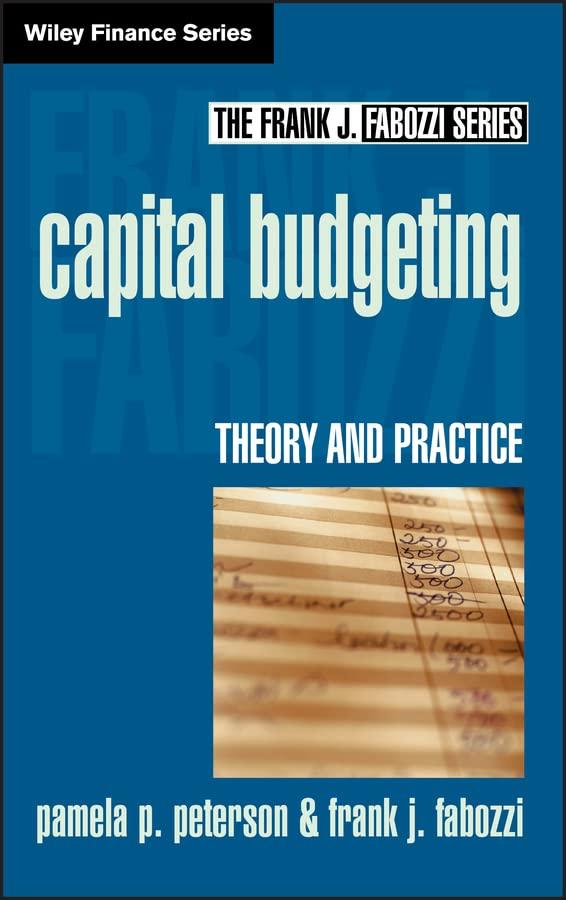Question
Andrew, Beth and Cathy live in Lindhville. Andrews demand for bike paths, a public good, is given by Q = 12 2P, Beths is given
Andrew, Beth and Cathy live in Lindhville. Andrews demand for bike paths, a public good, is given by Q = 12 2P, Beths is given by Q = 18 P, and Cathys is given by Q = 8 P 3 . The marginal cost of building a bike path is MC = 21. The town government decides to use the following procedure to determine how many paths to build. It asks each resident how many paths they want, and builds the largest number asked for by any resident. To pay for these paths, it then taxes Andrew, Beth, and Cathy the prices a, b, and c per path respectively, where a + b + c = MC (the residents know these tax rates before stating how many paths they want).
A.) If the taxes are set so that each resident shares the cost evenly (a=b=c), how many paths will get built?
B.) Show that the government can achieve the social optimum by setting the correct tax prices, a,b, and c. What prices should it set?
Step by Step Solution
There are 3 Steps involved in it
Step: 1

Get Instant Access to Expert-Tailored Solutions
See step-by-step solutions with expert insights and AI powered tools for academic success
Step: 2

Step: 3

Ace Your Homework with AI
Get the answers you need in no time with our AI-driven, step-by-step assistance
Get Started


